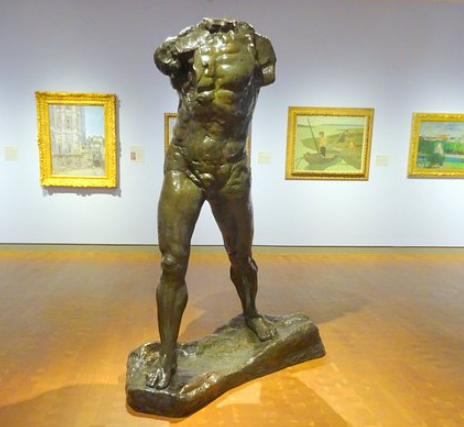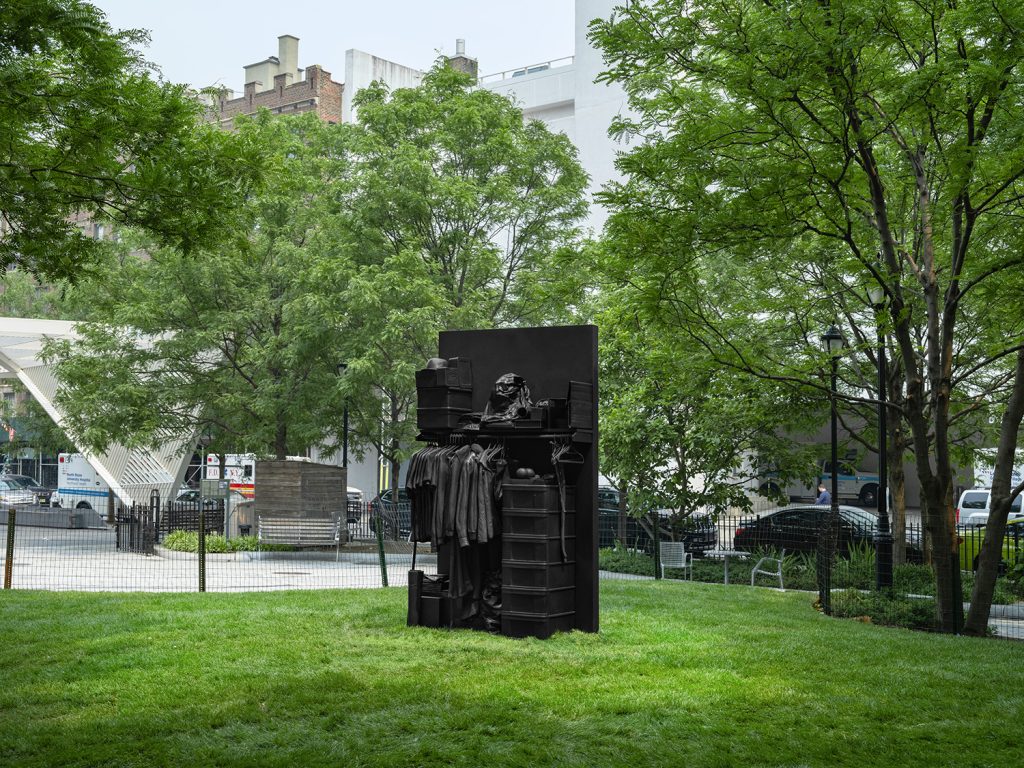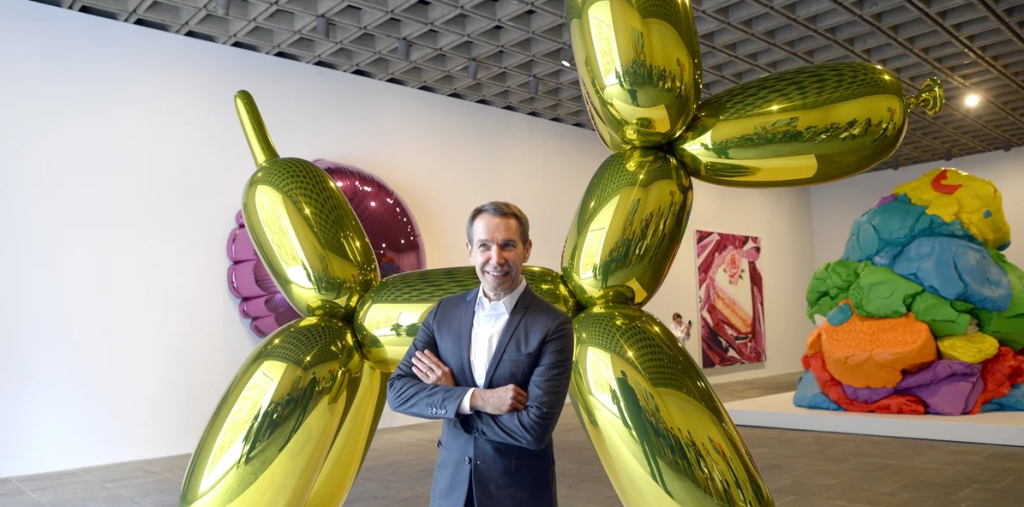Exploring Movement: The Artistic Genius Behind Rodin’s ‘The Walking Man’
Auguste Rodin’s sculpture, ‘The Walking Man’, is a masterpiece that captivates audiences with its dynamic representation of human movement. This iconic work offers viewers a unique glimpse into the artistry and emotion that can be conveyed through form. Understanding ‘The Walking Man’ not only enhances our appreciation of Rodin but also reveals the broader significance of movement in art.
The Significance of Movement in Art
Movement has long been a crucial element in art, helping to convey emotion and narrative. Rodin mastered this concept by focusing not just on the form of his subjects but also on their physical presence and emotional weight. In ‘The Walking Man’, the figure is in a state of perpetual motion, suggesting the idea of journey and progress. This piece challenges traditional concepts of sculpture, allowing viewers to interpret movement in a way that evokes personal reflection and connection.
Rodin’s Technique and Innovation
Rodin’s innovative techniques are evident in ‘The Walking Man‘, where he deliberately left portions of the figure unfinished. This choice encourages the viewer to engage actively with the sculpture, filling in gaps with their own imagination. Unlike many of his contemporaries who aimed for polished perfection, Rodin embraced texture and form, allowing shadows and light to play across the surface. This raw, unfinished quality enhances the sense of movement and life, inviting a deeper emotional resonance from the audience.
Cultural Impact and Legacy
The influence of ‘The Walking Man’ extends beyond the realm of sculpture, inspiring countless artists and movements. Its bold representation of the human form has shaped modern art, encouraging artists to explore new ways to express dynamism and emotion. Moreover, the work has become a symbol of personal journey and existential reflection, allowing people to find their own stories within the sculpture. Rodin’s fearless exploration of form and movement resonates with ongoing discussions in contemporary art, making his work as relevant today as it was over a century ago.
In conclusion, ‘The Walking Man’ by Auguste Rodin is not merely a sculpture; it is a celebration of movement that invites interpretation and connection. Its enduring legacy encourages us to look deeper into the emotional and dynamic qualities of art. If you’re curious about more of Rodin’s work or wish to explore the themes of movement in other art forms, consider visiting a local museum or seeking out literature on this fascinating topic.


